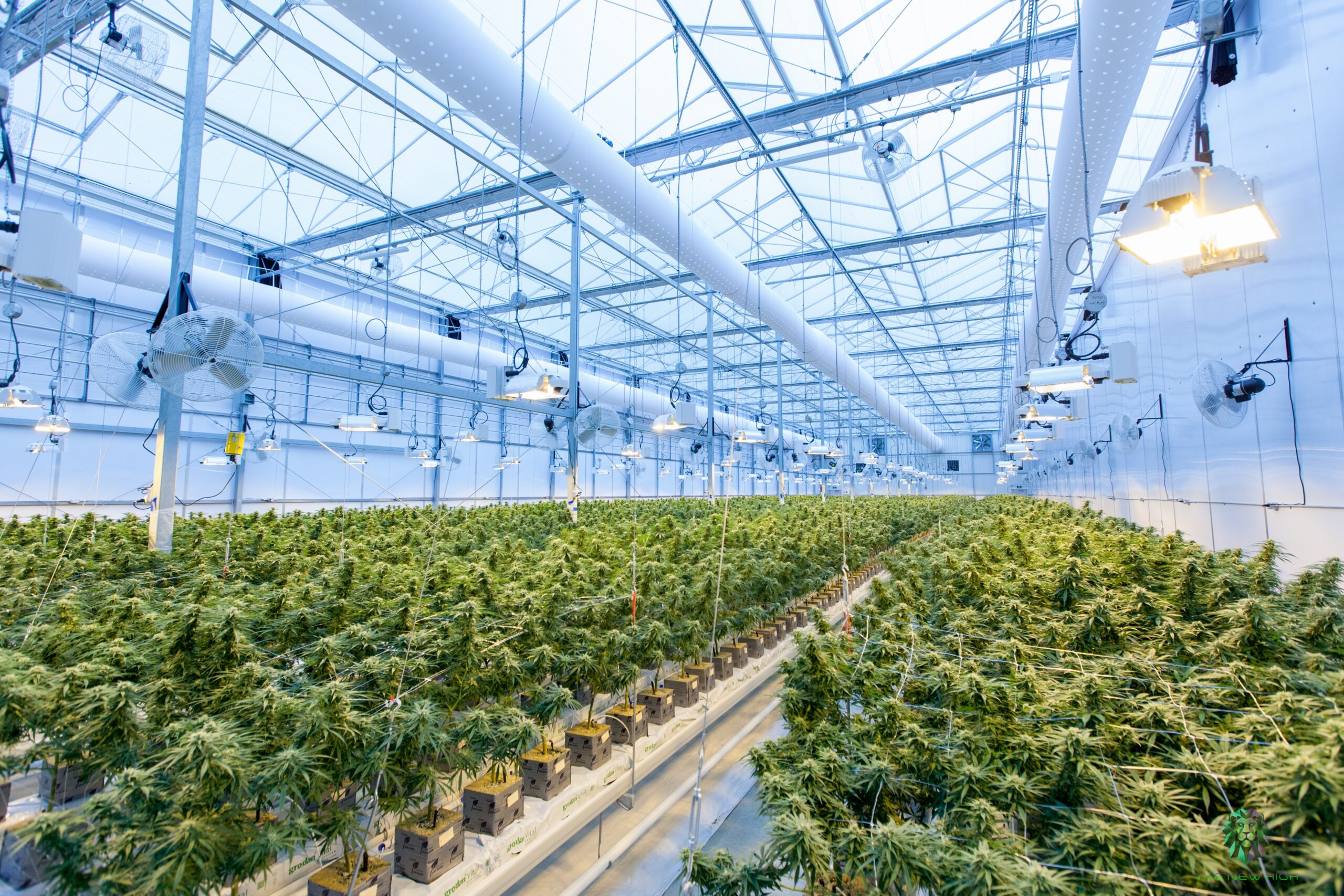 Image: Richart T/Unsplash
Image: Richart T/Unsplash
For in excess of the past year, falling wholesale prices and a generally tough market have yielded reports of cultivators pulling back production or exiting California’s legal cannabis market. Licensing statistics bear out such reports – at least to some extent. From the start of 2022 to this week, the number of active cultivation licenses of all types has decreased by about 28%, from 8,380 (as reported by the North Bay Business Journal) to 6,065, according to an August 17 consultation of the state’s license search tool.
While there has clearly been attrition in the number of cultivation licenses, the actual impact on California’s licensed cannabis production capacity is unfortunately impossible to quantify based on the above numbers. This is due to the fact that some of the licenses that lapsed may not have been operational; some hoping to enter the market are not able to clear hurdles such as local licensing requirements, California Environmental Quality Act compliance, and obtaining funding, to name a few. Additionally, multiple small cultivation licenses operated by single entities may have in some cases been consolidated into medium or large cultivation licenses under a rule change that went into effect at the start of this year, reducing the overall number of active permits.
Recent financial results from publicly-traded companies operating in California send mixed signals as to the state of the production side of the state’s legal cannabis market. On the one hand, Lowell Farms – a vertically integrated company that operates a greenhouse cultivation facility in Salinas – reported producing 6,730 pounds of flower in Q2 2023. That figure is down about 46% year-on-year, from 12,053 pounds of production in Q2 2022. Q1 2023 production volume was similarly down 41% year-on-year.
Meanwhile, Glass House Brands – which operates what it bills as the world’s largest cannabis greenhouse in Ventura County – reported generating 103,336 pounds of dry cannabis biomass in Q2 2023, representing an astounding 311% increase in production compared to Q2 2022 and more than doubling its Q1 2023 production figure. Glass House reported its cost of production at $139 per pound. The company also stated that it sold the equivalent of over 90,000 pounds of dried biomass in Q2 2023 at an average price of $340 per pound. Glass House’s release said it expected a similar level of production in the current period. 100,000 pounds of dried biomass – with the vast majority of it also being sold – is an especially notable amount. Consider that in Q2 2022, the final period in which California’s cultivation tax was in effect, the state recorded roughly 224,000 pounds of dried flower and trim entering the commercial market. Glass House’s over 90,000 pounds in wholesale sales in Q2 2023 represent 40% of that statewide figure from the year prior and retail sales data from the state suggests that demand has contracted somewhat since then.
Overall, while several operators such as Lowell have been pulling back or exiting, reductions in supply due to those moves are being offset by the expansion of production at Glass House’s expansive greenhouse. While the overall supply / demand picture remains hazy, we have heard anecdotal reports of plentiful summer production hitting the market this year.
Observed prices for greenhouse and outdoor-grown product also broke with the uptrend that marked the first half of this year and turned downward beginning in July, indicating more supply coming to market from Glass House and others. Given stagnant-to-declining demand at retail, wholesale prices may well be headed lower in the months to come even with the steep decline in active cultivation licenses over the past 20 months.